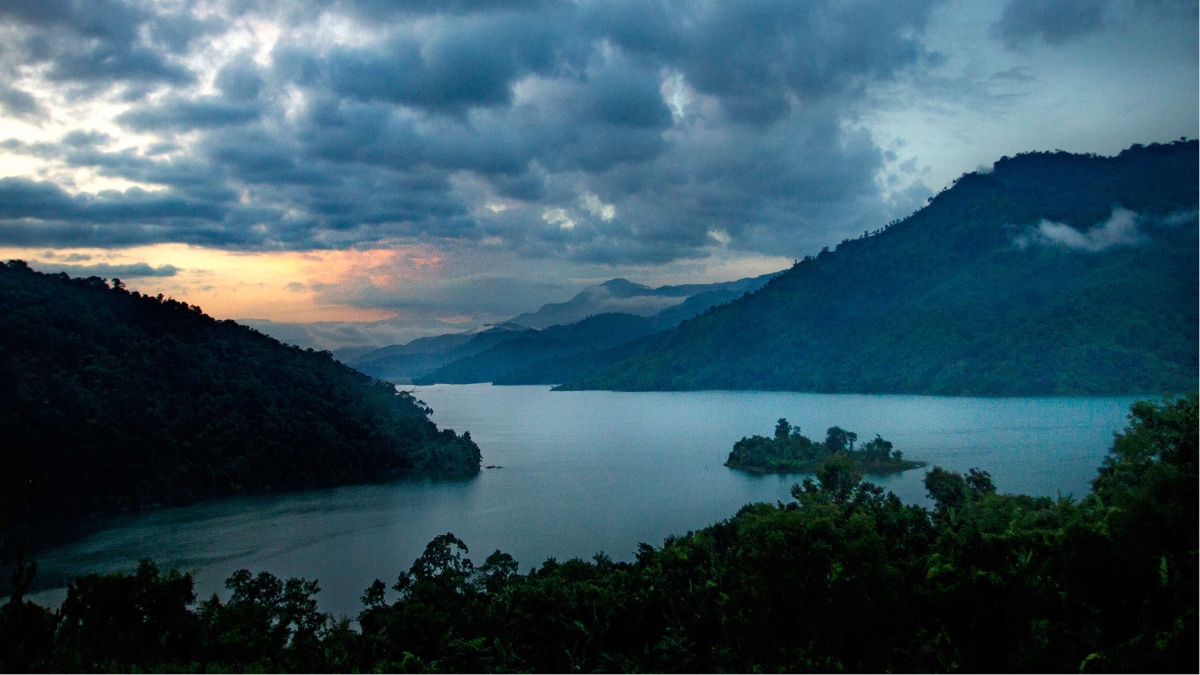As the winter months set in, the country welcomes vast numbers of migratory birds flocking to its shores from various parts of the world. These migrating birds spark off the beginning of the birding season in India when thousands of people, from India and abroad, head to the sanctuaries to see their birds of interest. From then on till March and sometimes even early April, birds like the Siberian Rubythroat and the Baikal Teal draw thousands of birdwatchers to their temporary abode, becoming the big draw and stealing the spotlight from the local dwellers.
India interestingly provides a temporary stopover for a less publicised migration event, the flight of the Amur falcon from its home in Russia all the way up to South Africa to avoid the harsh Russian winter. The Amur Falcon is a bird of prey, breeding along the southern Russian far-east, north-east China and North Korea, and migrating to South Africa for the winters after a brief stopover in India. This annual migration is said to be the longest of its kind, and come the months of October and November, thousands of these birds make a halt in the area near the Pangti village and the Doyang reservoir in Nagaland before continuing on their onward journey.


The Doyang reservoir, which came into being when the Doyang river was damned for hydroelectricity purposes, is otherwise a quiet, picturesque location, overrun by birders and photographers alike when the falcons arrive. Trees and power lines along this entire area are suddenly festooned with these raptors, their sharp, chittering noise ubiquitous in these areas during this time. Paradoxically, it was amongst the treetops and in the bamboo fields in the area (and not on the power lines) that the falcons were the most skittish, flying off repeatedly on the slightest indication of human movement, possibly a reaction to a time when they were hunted as food by the people. While the fear of the human beings continues, the Amur Falcon is a very successful conservation story. Several local communities have gotten together to not just protect the Amur Falcon, but also the local, endemic bird populations, leading to a significant uptick in numbers. The very same hunters today act as the protectors of the species, their hunting past a crucial aid in their efforts to keep the birds safe.
Pangti and its surrounding areas did not yield any other bird life of note during the trip, and one moved to Khonoma for the endemics. A typical mountainous territory, familiar hill country species like the Great Barbet and the forktails are spotted frequently. A hike up the hillocks yielded the Golden-throated Barbets, a resident bird from the Northeast and Bangladesh. Their vivid colours make them a much sought after bird, but it was the skill and the local knowledge of Angulie Meyase, our birding expert, which enabled us to spot the bird sitting amidst the green foliage.
One of the more interesting finds in Khonoma was the Mountain Bamboo Partridge, found hiding amidst the shrubbery. The bird by itself is not rare, but an interesting piece of history attaches to it. The Bamboo Partridge, Bambusicola Fytchii, is named after Lieutenant-General Albert Fytche who served as Chief Commissioner of British Burma from 1867 to 1871. Lieutenant-General Albert Fytche apparently wrote extensively about the Burmese people, describing them from his interactions with them in course of his travels and official duties, describing their customs, Buddhism, costume, language, literature, legal systems, and the role of women. As part of this effort of documenting life in Burma, he apparently also produced fine colour printed plates of the Mountain Bamboo Partridge and also of an orchid Dendrobium Fytchianum, which was also thereafter named after him.
The best way to see the Amur Falcons and the birds Nagaland is to fix up time with Meyase (094360 71046). Meyase arranged for the stay and the travelling to the birding sites. He would be best placed to provide guidance on the best time to visit Nagaland, depending on what one wants to see. Though Pangti is in the process of building up its infrastructure, the concept of homestays has been available in areas like Pangtis. Meyase had also arranged for accommodation in some very beautiful properties during our stay at Khonoma and is really the one-stop shop for all things birding in Nagaland. Apart from knowing the lay of the land, Meyase puts a whole host of conservation stories and histories into perspective, and one does not merely get to see the birds, but also learns about the local population doing its utmost to protect the birds.









